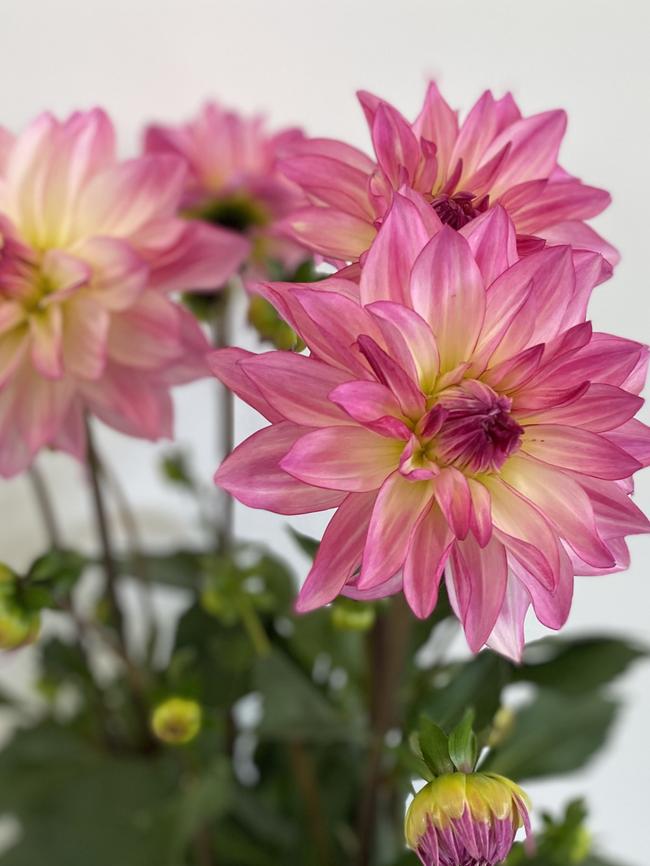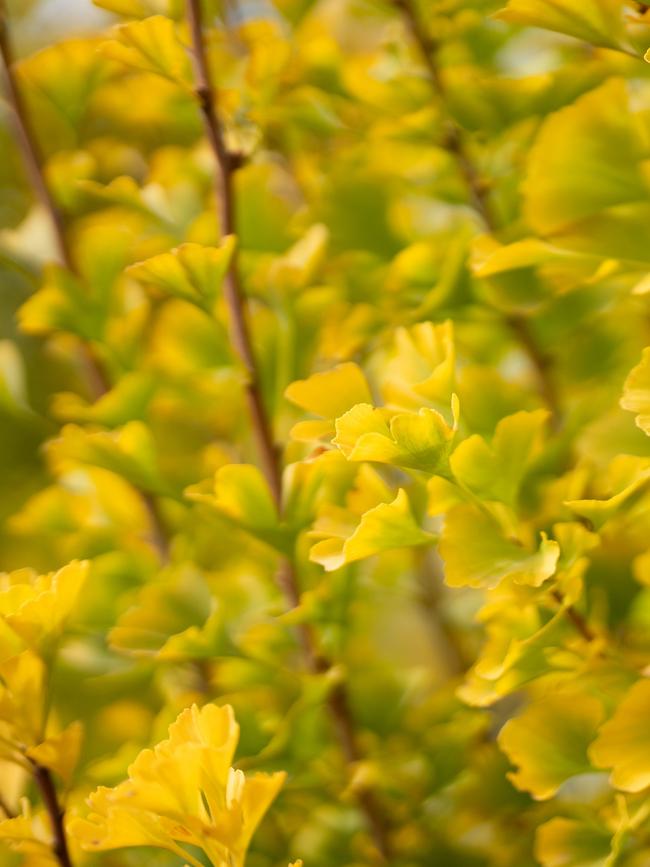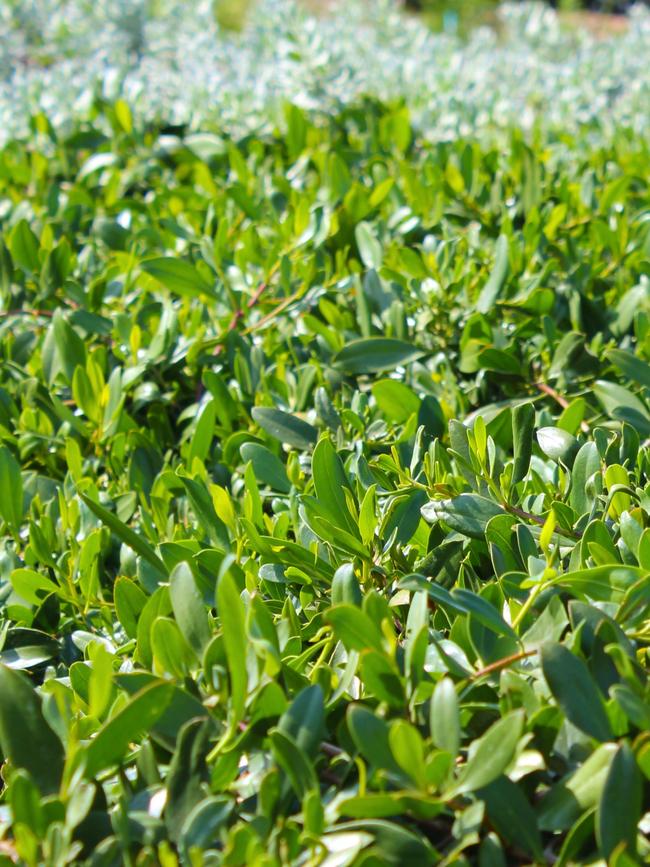How caterpillars bring joy to a garden
Their life cycles start with eggs that hatch to caterpillars, which eat mostly live plants; they then undergo complete metamorphosis to emerge as delightful winged insects that can brighten a day.

Butterflies and moths look alike and are in the same family, Lepidoptera. Their life cycles start with eggs that hatch to caterpillars (larvae), which eat mostly live plants; they then undergo complete metamorphosis to emerge as winged insects to mate and lay eggs to start the cycle over. So what are the differences? Butterflies are active during the day, while most moths are nocturnal. Moths tend to be drab in appearance, compared to more colourful butterflies. Watch them when landing or resting – butterflies close their wings vertically, either partially or fully, whereas moths’ wings stay flat and open. Both use their antennae to aid flight, and to locate food and sexual mates, but those of moths are feathery while butterfly antennae are thin with a club tip. Also, when going through metamorphosis, moths spin a silky cocoon whereas butterflies make a hard chrysalis. Of course, there are always some exceptions to the rules. Moths far outnumber butterflies in numbers and species – in Australia we have more than 10,000 moth species compared to about 400 butterfly species.
Best in show
The inaugural 2025 Plant of the Year, awarded by Nursery and Garden Industry Victoria (NGIV), acknowledges outstanding plant varieties in four categories with one overall winner.


Visit plantoftheyear.com.au to see the full list of winners.


Q&A
My mother has moved to a retirement village with a north-facing courtyard, needing privacy. Would tiger grass or bamboo in large pots work?
Kirsty Kaye, South Coast, NSW
Tiger grass looks like a bamboo, but it needs space as it fans out as wide as it is high – about 3m – and is not easily pruned. It is fast and dense, grows in a large pot, but is not frost tolerant. Of the clumping, upright bamboos, slender weavers (Bambusa ‘Gracilis’) grows to about 8m tall but can be pruned. Better choices are probably B. multiplex ‘Goldstripe’ or ‘Alphonse Karr’, and B. boniopsis, which are excellent in pots, frost tolerant and able to be pruned to 1.5m-3m. Bamboo needs regular watering, especially in pots, or else it drops a lot of leaves.
My lemon tree has plump, white and brown caterpillars with soft spikes eating the leaves. What are they?
Lyn Brown, Batemans Bay, NSW
These are larvae of the beautiful orchard swallowtail or large citrus butterfly. They look like bird droppings when young, becoming greener with age before pupating. It’s worth tolerating the minor damage the caterpillars do for the joy of the butterflies, which are among the largest seen in Australian gardens. They are grey to black with red, blue and white markings.
In summer, is it better to mow the lawn higher so the longer leaf blades shade the roots, or to mow low as local contractors do here – I was told it’s because longer leaf blades lead to greater transpiration and evaporation.
Craig Gumley, Perth
Cutting lawns too short puts them under stress, depleting energy reserves and allowing weeds to invade bare patches. Don’t remove more than a third of the leaf growth at one time and avoid mowing in the heat of the day and in hot spells. There’s general agreement that leaving the grass longer in summer helps shade the soil to keep roots cooler, and reduces evaporation.

Send your questions to helenyoungtwig@gmail.com The best question for February will win two copies of tkanya/Tarkine: One of the Last Wild Places on Earth ($75 each) from Australian Geographic, which showcases the stunning landscapes and heritage of Tasmania’s Tarkine wilderness





To join the conversation, please log in. Don't have an account? Register
Join the conversation, you are commenting as Logout